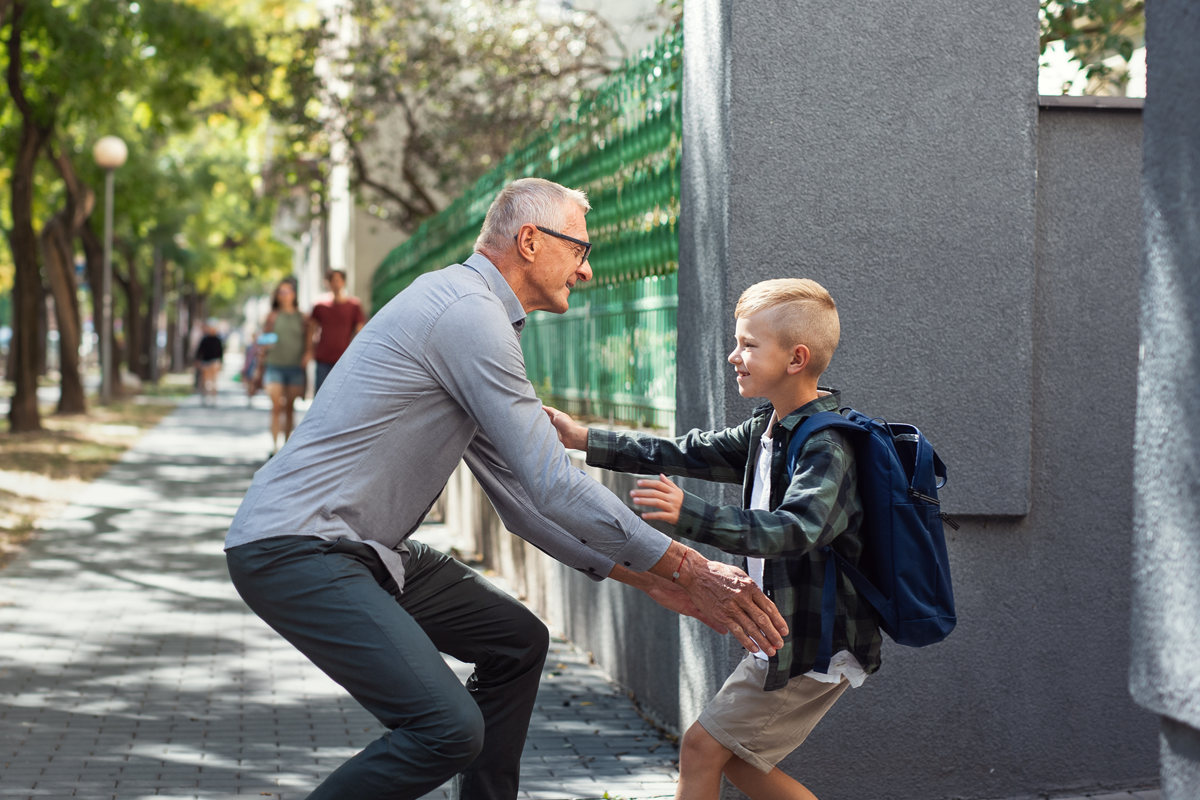Emergencies happen when you least expect it, and they happen whether you are ready or not. It is in your best interest to prepare your school community for any type of crisis by having a clear safety plan in place. When you think of an emergency situation, you may think about the people you’d call for help, how you’d evacuate the building and your recovery plans. As stated by our partner, The "I Love U Guys" Foundation, the first step in recovery is reunification, which involves more than just the act of sending students home with their loved ones after the emergency. It is a detailed process that involves many specific people and takes time and special care to get right.
Here are 6 ways you can perfect the reunification process:
- Establish shared vocabulary.
During an emergency, people react in different ways. According to journalist and author Amy Ripley, when we are in grave danger, we all go through a three-stage process of denial, deliberation and a "decisive moment." To get to the decisive moment faster, we must get past our body’s biological response and start moving as fast as possible. Establishing clear, shared vocabulary can help us to get to that point. If everyone understands what to do when you say “evacuate,” or “lockdown,” the expectations will be clear. There will be less contemplating and more acting. Your process will run smoothly and safely even when you are under unprecedented amounts of stress.
- Practice the reunification process.
While evacuation drills are usually at the center of school safety plans, running through the reunification process should also be a priority. A predetermined, practiced method, like the Standard Reunification Method of The “I Love U Guys Foundation,” ensures that the reunification process will not further complicate an already chaotic situation. Although emergencies come with unpredictability, the best way to know if your reunification plan will be as successful as possible is to try it out and make adjustments accordingly before an emergency happens. Practicing the whole process may be time-consuming, but doing it at least once a year is worth it and more schools have been doing it recently.
- Keep up-to-date records.
Student information can change often due to residential, family, medical information, and more. It’s vital that you ask families for the most up-to-date information in case of an emergency. It’s also important that you keep a hard copy of the information in case access to electronic information is not possible due to a power outage or evacuation, for example. Make sure to ask families to list all trusted caregivers as well as anyone who is restricted from picking a child up from school.
- Educate parents and guardians.
The goal of reunification is to reunite parents and guardians with their children as quickly as possible. Sometimes this may be at a location other than the school due to unforeseen circumstances. Parents can become emotional and stressed, and knowing plans beforehand may help. You can include information in your school handbook regarding the reunification process so that parents are prepared. You can also hold meetings. It’s a good idea to make sure parents and students know to wait to get accurate information from the school or law enforcement before acting. There was a dangerous incident in 2018 in which several parents showed up to a school with rifles after hearing about a student with a gun, when the unreliable information was actually a rumor and the student was in fact unarmed. Also, you should make every effort to ensure that parents are sheltered from media representatives.
- Involve law enforcement in the plans.
You should make it clear which agencies you want to respond to your emergencies. You can work with these agencies throughout the school year to prepare for the reunification process and even involve them in your drills. Having first responders and security present during a crisis will give people a sense of safety and security.
- Have mental health plans in place.
It’s important to recognize that social and emotional well-being is a huge piece of safety. When an unexpected emergency occurs, it can be traumatic for students, parents, and teachers. Have counselors ready to report to the scene when necessary. You can strategically place them by first aid stations or anywhere you think people will need emotional support or counseling.
Remember that the main goal of the reunification process is to get students back to their parents and guardians as quickly and as safely as possible. CrisisGo knows that this can best be accomplished with The “I Love U Guys” Foundation’s Standard Reunification Method. By establishing a clear plan such as this, you will set your school community members up to be able to react more calmly to any emergency.













No Comments Yet
Let us know what you think